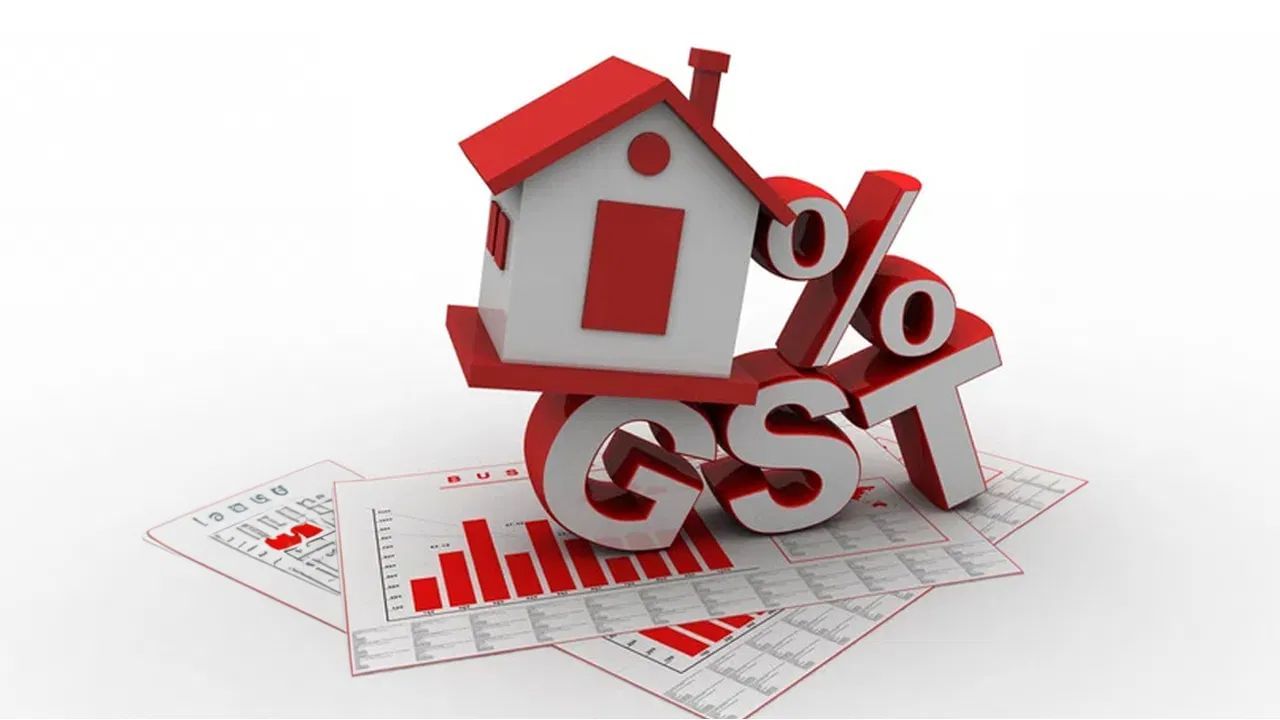Good news can come for those who dream of buying this Diwali house. Prime Minister Narendra Modi announced on Independence Day that the country’s complex GST structure will now be made easier. The government will reduce existing four slabs (5%, 12%, 18% and 28%) to two, 5% and 18%, while a new tax slab of 40% will be made for luxury and sin goods. The GST Council meeting will be held in New Delhi on 3 and 4 September. In which it is being considered almost fixed. Now the biggest question is whether this GST reform will benefit real estate and home buyers or not.
According to experts, real estate is going to be the biggest benefit from this. Tax will be reduced on cement, steel and other building materials. Flat buyers will get direct benefit of this. Currently, 28 per cent on cement and 18-28 per cent GST on materials like steel, tiles, paint. If all these items come into 18 percent of the slab, then the cost of the flat can be reduced by Rs 150 per square feet. This means that saving up to Rs 1.50 lakh can be seen at 1000 square feet. Let us discuss this in detail.
Current GST status in real estate
Currently, under-construction flat which is above 45 lakh rupees. It is charged 5 percent GST. At the same time, affordable housing which is up to Rs 45 lakh but GST is 1 percent. There is no GST on the ready-to-move flat. If we talk about building material, then 28 percent tax is levied on cement, 8 percent on steel, 28 percent on paint and 18 percent on tiles.
Why do the developers not get ITC?
Before the implementation of GST, it was expected that the facility of input tax credit (ITC) would provide relief to developers and they would pass tax saving to customers. But in 2019, when the GST structure was changed on real estate, the government reduced the rates on flat purchases to 5 per cent and 1 per cent (affordable), but removed the ITC. As a result, developers fill 1828 percent GST on building materials. They do not get any credit (refund) on it. Therefore, this tax is directly added to the construction cost. At the cost of the flat that the end user gets, this additional tax is already loaded. The effect of this is that if the construction cost is 25 lakh rupees in a 1000 square feet flat and average 20 % GST is levied on the building material, then the developer has to pay an additional tax of Rs 5 lakh. Due to non -receipt of ITC, this burden will be put on the house buyer.
How cheaper can the house be with GST reform
What do you say
Real Estate Experts believe that if the GST reform is implemented before Diwali, then the buyers of the house can get relief from Rs 1.5 to 7.5 lakh. This effect will be the highest especially in mid-segment and affordable housing, where customers are price-sensitive. According to Homagram founder Gaurav Sobti, 5 % GST is levied on residential properties and 12 per cent GST on commercial properties, but there is a lot of tax on things used in construction, such as 28 per cent on cement, and 18 per cent on consultancy such as steel, tiles, sanitary fittings, polishing and architecture or project management. If GST on cement is reduced from 28 percent to 18 percent, then this will reduce the cost of construction directly. This will affect the prices of houses and can make them more economical.
